Our Classic Traveller game last night — with Stan playing for a change! Six players plus Robert Eaglestone as the GM. Rob ran us through the CT double adventure ‘Hordes’. Also beta-testing a custom character sheet with rules summary which I’ll be updating and sharing out in a few weeks. It was awesome fun! Thanks Rob for running a great game. Click on the images below to view fullscreen.
Recap on our adventures: Our players uncovered the various mysteries behind the alien ‘bugs’ from Chamax, how the spaceship got to the planet Raschev, and managed to save a few less-than-competent jarhead locals.
Our adventurers managed to rack up some more cash and recruit revolutionaries who want to take back Arden from the Zhodani. Off-camera our characters will sell the Chamax artifacts we acquired from the previous planet. Our next step for the upcoming game is to journey to Arden and begin it’s liberation! But, we need a plan since our resources are still scant.
[pe2-image src=”http://lh6.ggpht.com/-NT5SOGWtTKk/VPNwo6abvOI/AAAAAAAAuUU/_TyThGJM73c/s144-c-o/IMG_4555.JPG” href=”https://picasaweb.google.com/117532355355980125530/Feb28ClassicTravellerGame#6121360166703840482″ caption=”” type=”image” alt=”IMG_4555.JPG” ] [pe2-image src=”http://lh6.ggpht.com/-NKCnz3bLcLQ/VPNwo5jryYI/AAAAAAAAuUc/hP5JhqCGTPw/s144-c-o/IMG_4556.JPG” href=”https://picasaweb.google.com/117532355355980125530/Feb28ClassicTravellerGame#6121360166474205570″ caption=”” type=”image” alt=”IMG_4556.JPG” ] [pe2-image src=”http://lh6.ggpht.com/-XgY6-zdBWv4/VPNwo667AUI/AAAAAAAAuUY/y1OMOBGetVc/s144-c-o/IMG_2306.JPG” href=”https://picasaweb.google.com/117532355355980125530/Feb28ClassicTravellerGame#6121360166840107330″ caption=”” type=”image” alt=”IMG_2306.JPG” ] [pe2-image src=”http://lh6.ggpht.com/-p7QnE2U_Vd0/VPNwo7WPdlI/AAAAAAAAuUg/G0-ziiZWDU0/s144-c-o/IMG_2307.JPG” href=”https://picasaweb.google.com/117532355355980125530/Feb28ClassicTravellerGame#6121360166954694226″ caption=”Snake eyes!” type=”image” alt=”IMG_2307.JPG” ] [pe2-image src=”http://lh6.ggpht.com/-smJQ2oGucsw/VPNwozuTJoI/AAAAAAAAuUk/XN-yWFc6jAo/s144-c-o/IMG_2308.JPG” href=”https://picasaweb.google.com/117532355355980125530/Feb28ClassicTravellerGame#6121360164908115586″ caption=”” type=”image” alt=”IMG_2308.JPG” ] [pe2-image src=”http://lh5.ggpht.com/-5-kxWnG8I_A/VPNwoxUqj7I/AAAAAAAAuUo/JJCXnPFFx3U/s144-c-o/IMG_2303.JPG” href=”https://picasaweb.google.com/117532355355980125530/Feb28ClassicTravellerGame#6121360164263727026″ caption=”” type=”image” alt=”IMG_2303.JPG” ]


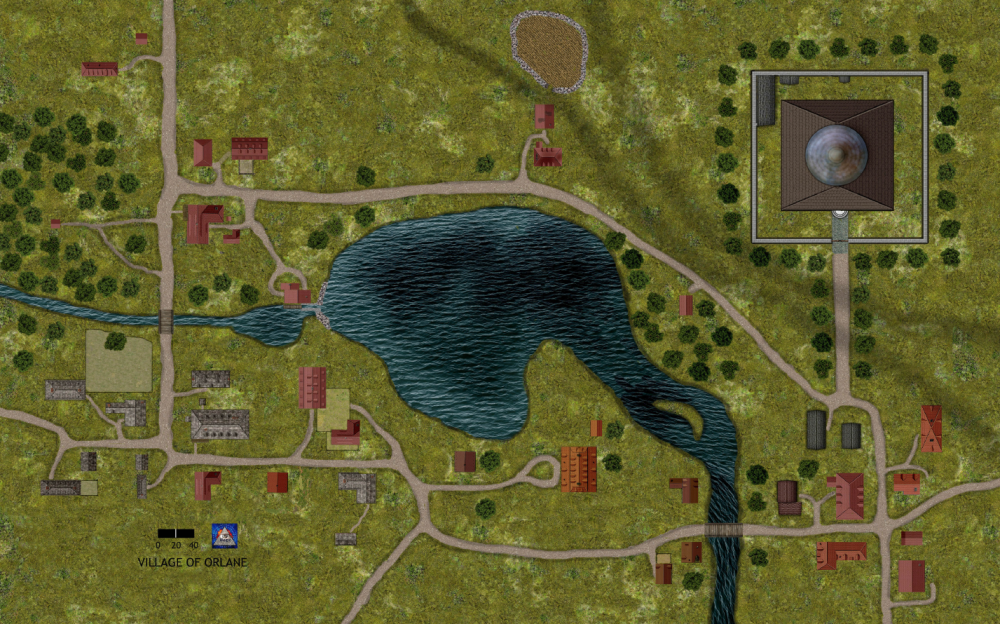
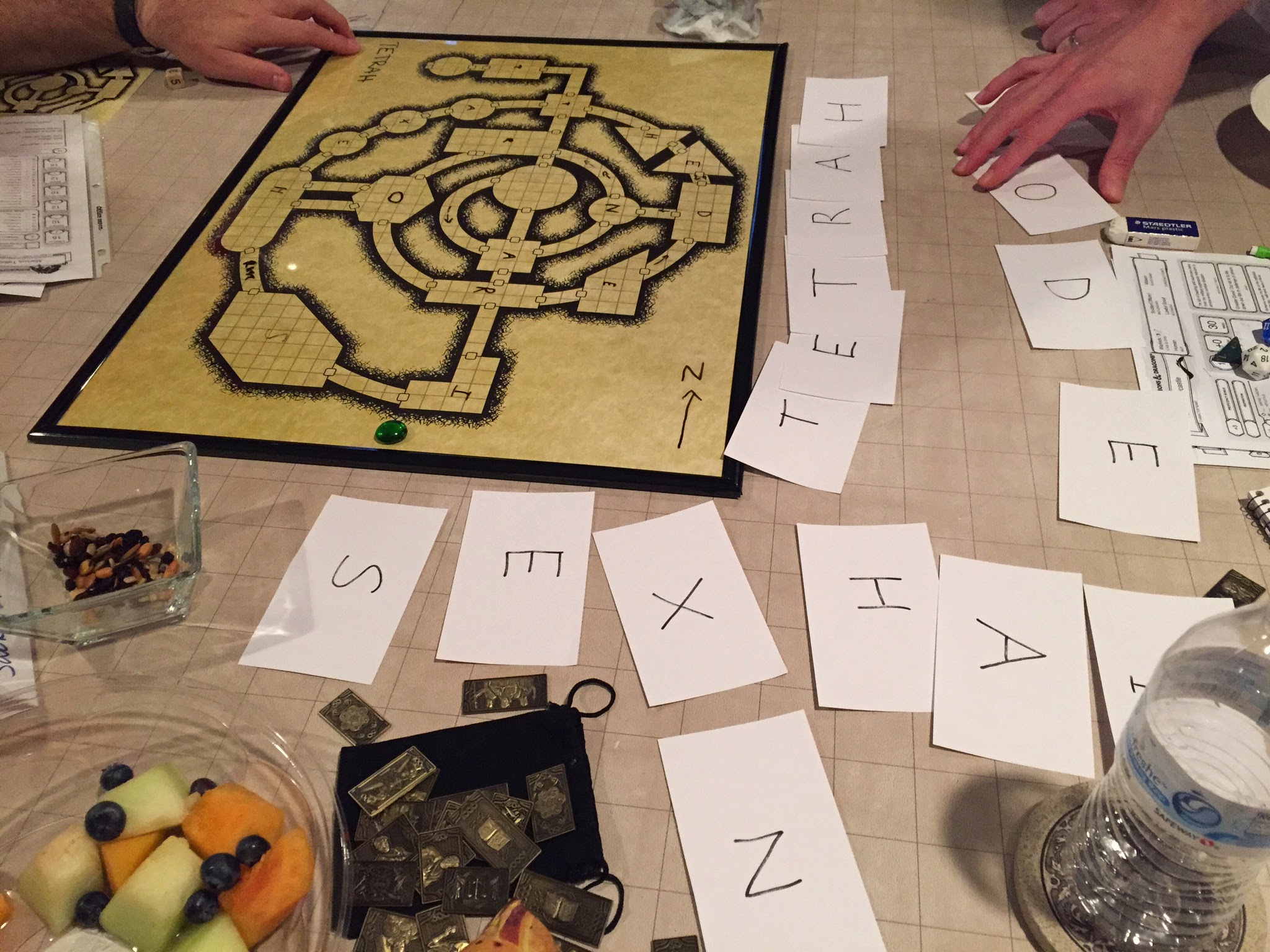
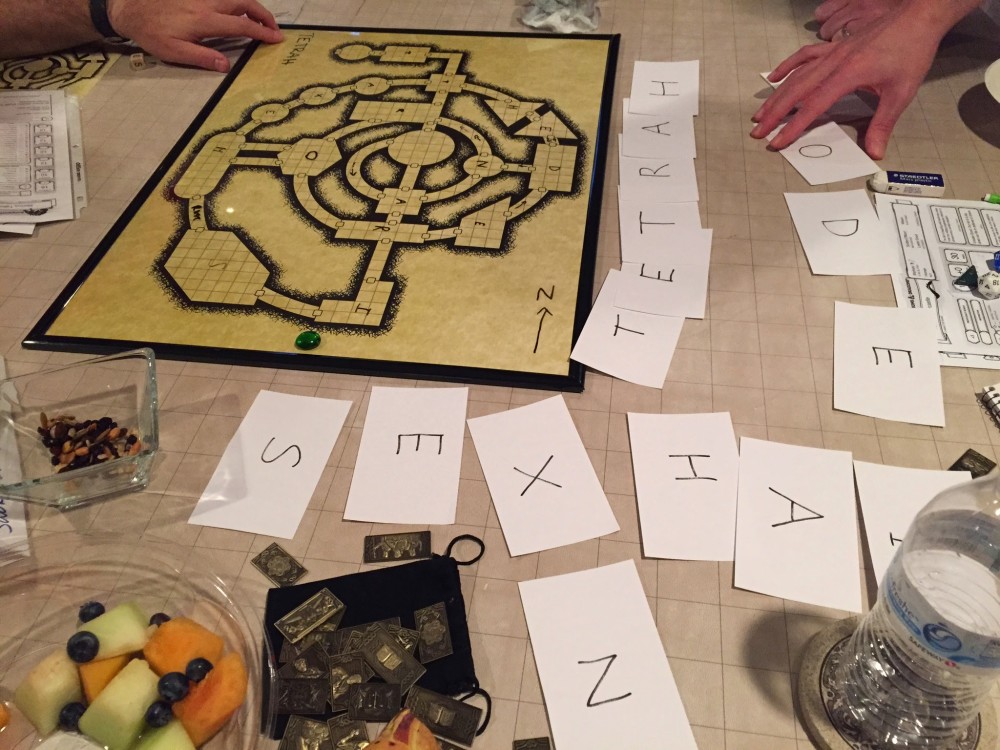
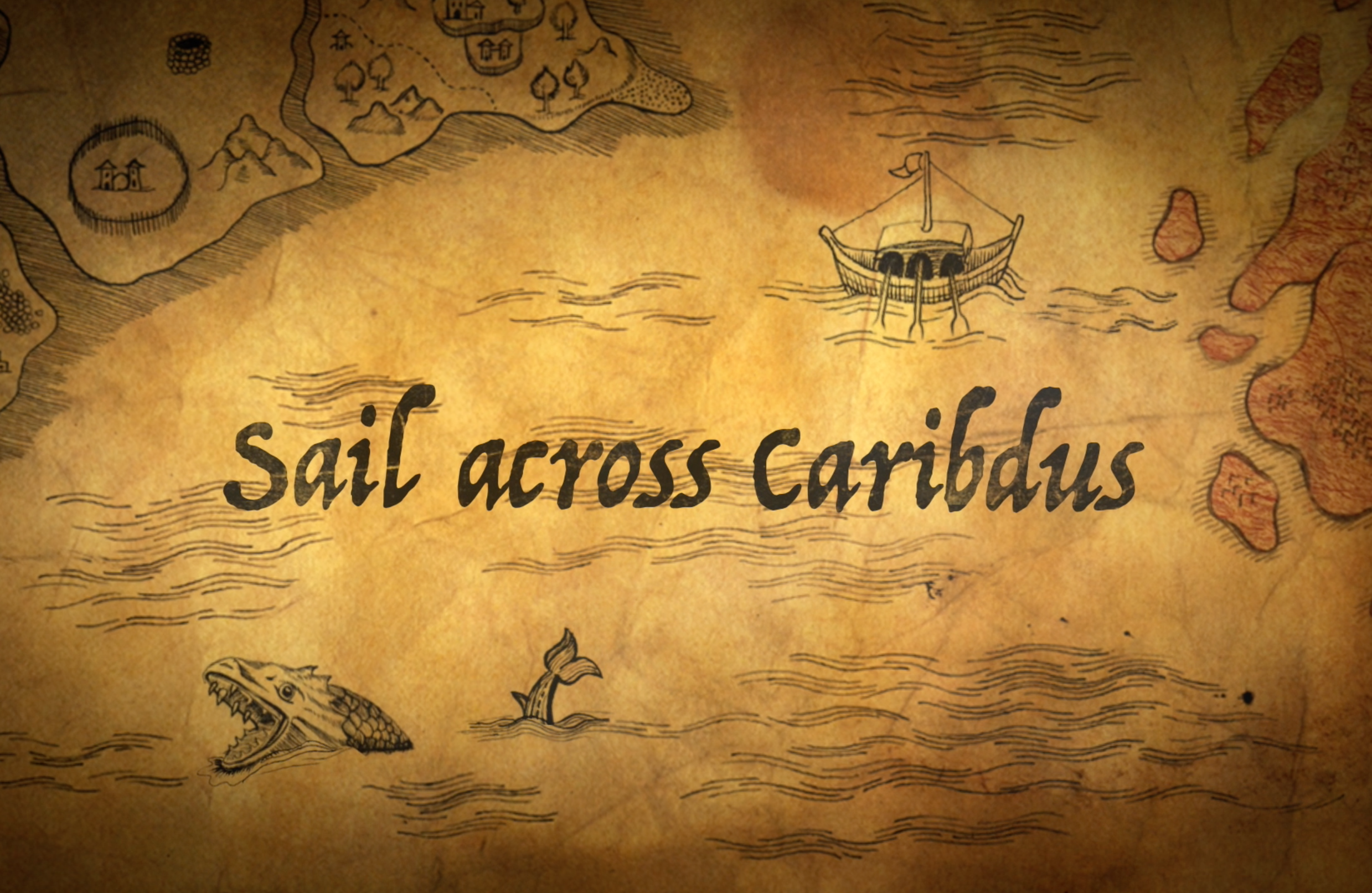
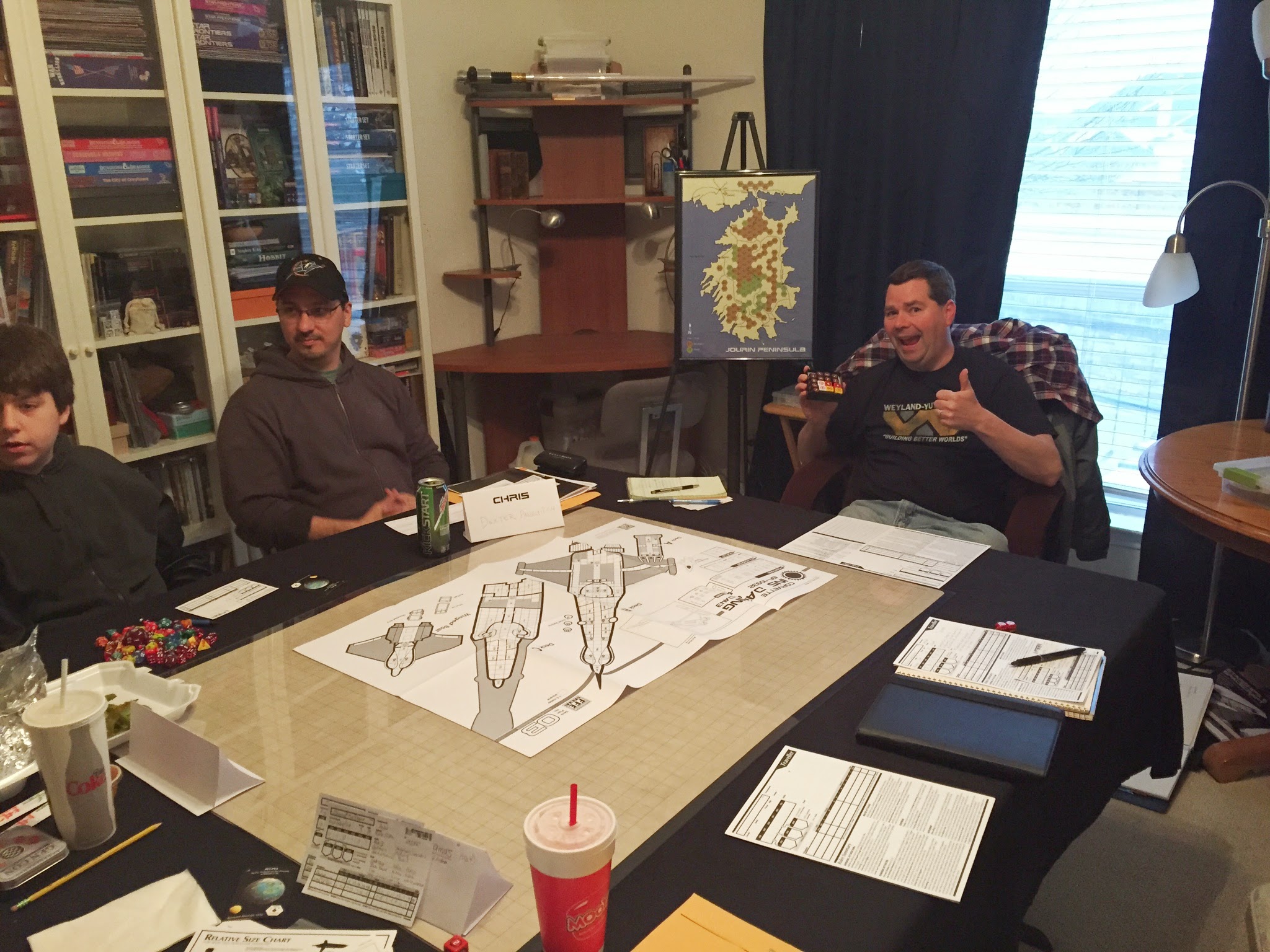



Recent Comments